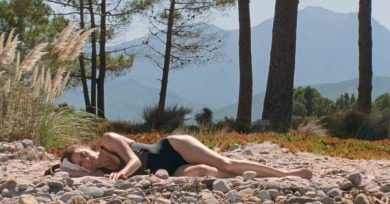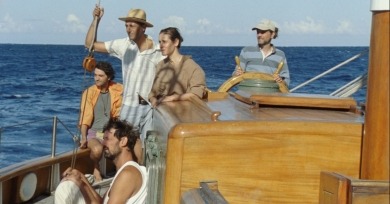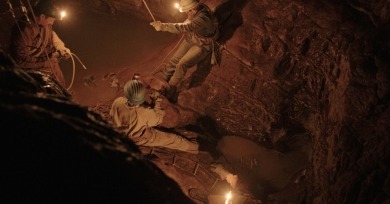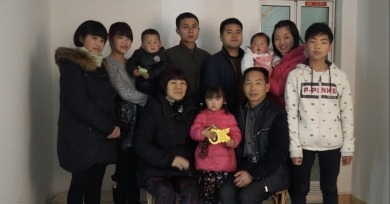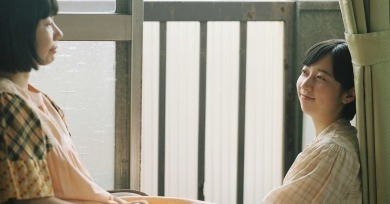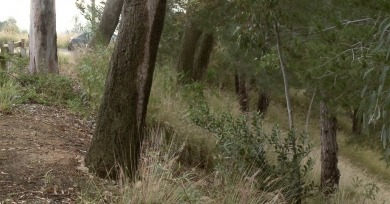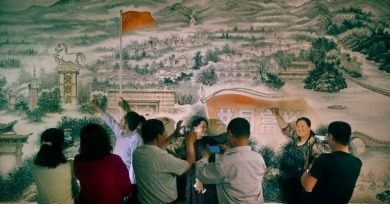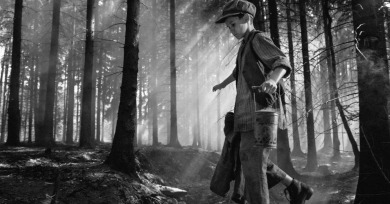Forrest Cardamenis
Kojima’s web of historical, scientific and artistic allusions obscures the border between “high” and “low” art, or “art” and “entertainment,” that remains common in discussions of games’ artistic legitimacy.
As the financial health of the film industry deteriorates, it will necessitate smaller crews, fewer shooting days, and various other constraints . . . Caught by the Tides represents a different kind of film that can emerge from unorthodox methods and stands as a testament to the medium’s long-term possibilities.
Touching the Screen
The way we see a game—whether we can control the camera or not, whether the frame moves or is static, how the frame moves—is an artistic quality as important as (and often interlocked with) its interface, its methods of immersion...
Touching the Screen
Part 2 of a special conversation on games and art featuring Destiny 2, Final Fantasy, Hitman, Tower of Druaga, Pathologic 2, and more.
Touching the Screen
In this special conversation for Touching the Screen, five critics discuss potential angles from which to approach video games as art.
Her dense sound mix and editing patterns prioritize the exploration of space over the conveyance of narrative information. That interpretive freedom takes root even amid a cornucopia of symbolically charged motifs.
Wittmann asks us to listen to and look at water and notice the contingency inherent in its nature. We are witnesses to its evanescence, the way its exact shape or appearance exists for just 1/24th of a second, and for that long only because of the mechanical qualities of the film camera.
The resplendence of the cave sequences must be seen to be believed, and their ingenuity marks Il Buco as a significant work of digital filmmaking.
Whether it is a movement or a blip on the radar, All About My Sisters demonstrates a new tendency focused on oral history and memory as a means of retaining or recovering the past.
Rrather than dole out character or narrative information too liberally in dialogue, Sugita uses editing and pacing, especially in exteriors, to help the viewer understand Sachi.
Unless the viewer is aware of the overall structure and has a stopwatch, no cut will be expected and each will appear devoid of motivation, at least according to the conventions that govern editing in Hollywood, art-house, and even many avant-garde films.
The new Jia documentary may not have the aesthetic boldness of his best work, but it illuminates the proximity of fiction and nonfiction in his oeuvre and doubles as something of a directorial mission statement, highlighting the role of the artist in writing and preserving history.
By respecting its audience, the film creates space to contemplate aesthetics and representation and indicates that depicting cruelty beautifully need not mean making cruelty beautiful.
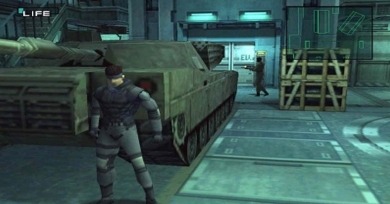
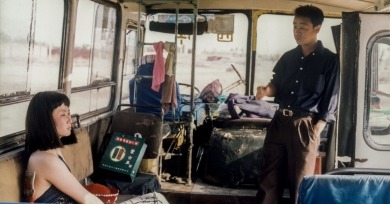

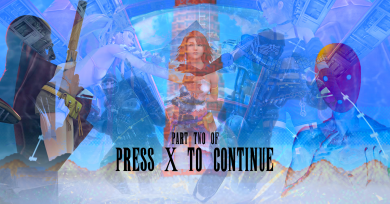
_crop-390x204.jpg)
